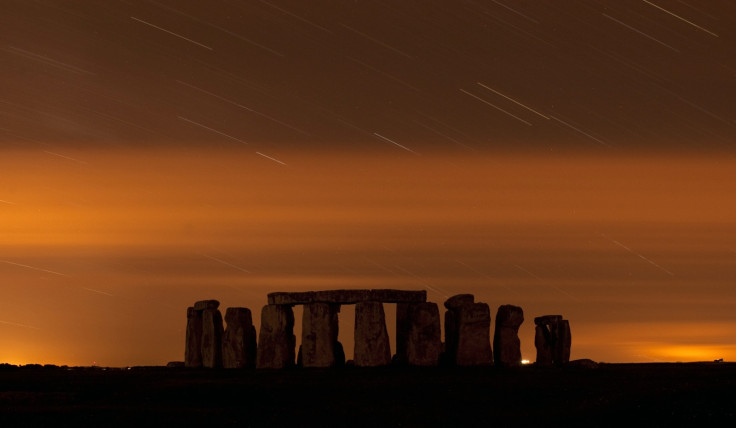What has the Orionid meteor shower got to do with Halley's Comet?
A display of shooting stars will be visible tonight for the second evening in a row.

The Orionid meteor shower will dazzle skywatchers for a second night tonight, as the shower reaches its peak.
The meteor shower is produced by the well-known Halley's Comet, officially called 1P/Halley, which is the most recognised of the short-period comets. It is visible from Earth every 75 to 76 years. Essentially, Halley is the parent body of the Orionids.
When the comet passes through the solar system, it leaves a trail of debris through space. The Earth passes through these debris trails and the particles collide with our atmosphere where they disintegrate and burn up, creating flashes of light across the sky. The Orionid meteor shower appears annually in late October.
The meteor shower is given its name as the meteors appear to be originating from the constellation Orion, located on the celestial equator. Named after the Greek mythology hunter Orion, the constellation is one of the most recognisable and visible in the night sky.
Halley is the only naked-eye comet that might appear twice in a human lifetime. It last appeared in the inner Solar System in 1986 and is due to reappear in mid-2061.
The comet's visits have been recorded by astronomers since around 240BC, detailed by Chinese, medieval European and Babylonian scientists. However, the appearances were not recognised as returns by the same comet. The periodicity of the comet was first documented by 1705, by the English astronomer Edmond Halley.
Halley's Comet was captured on camera for the first time in 1910, when it passed by around 13.9 million miles (22.4 million km) from Earth, which is about 1/15 the distance between Earth and the Sun.
In 1986, Halley became the first comet to be observed in detail by spacecraft, revealing the structure of a comet nucleus.
For the best chance of seeing a meteor shower, find an area with little light pollution. You can find out the best spots to watch the meteor shower here.
© Copyright IBTimes 2025. All rights reserved.





















